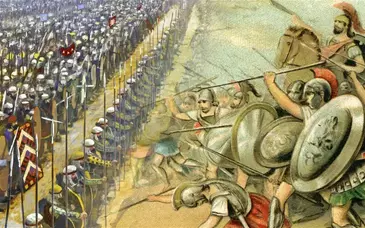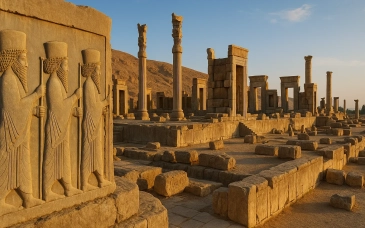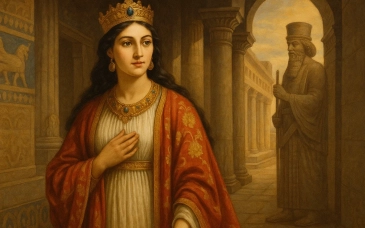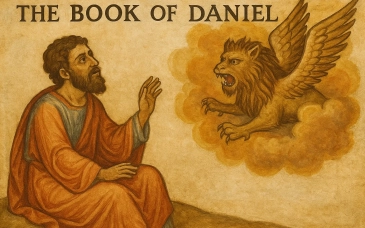Nestled in the cradle of ancient civilizations, the Persian Empire, renowned for its cultural richness and artistic prowess, left an indelible mark on the world of ceramics. Join us as we delve into the captivating story of Persian ceramics, exploring the techniques, aesthetics, and cultural significance that defined this extraordinary chapter in the history of craftsmanship.
1. A Legacy of Innovation: Persian ceramics stand as a testament to the empire's innovative spirit. Artisans mastered various techniques, including wheel throwing, slip painting, and intricate glazing methods. The result was a dazzling array of ceramics that adorned palaces, temples, and households, reflecting the empire's sophistication.
2. Iridescent Lustreware: One of the defining features of Persian ceramics is lustreware, a technique that imparts a metallic sheen to the pottery. This exquisite art form reached its zenith during the 9th to 12th centuries in regions like Nishapur. Lustreware not only served functional purposes but also showcased the Persian artisans' mastery of alchemy and the transformative power of fire.
3. Cultural Influences: Persian ceramics absorbed influences from various cultures that came under the empire's expansive umbrella. The interplay of Persian, Islamic, and Central Asian aesthetics resulted in a unique fusion of styles. Motifs ranging from geometric patterns and arabesques to mythical creatures adorned the surfaces of these ceramics, telling stories of cultural exchange and artistic dialogue.
4. Utility and Elegance: While Persian ceramics were undoubtedly pieces of art, they were also crafted with practicality in mind. Everyday items such as bowls, plates, and tiles were adorned with intricate designs, blurring the line between utility and elegance. This blending of form and function showcased the Persian commitment to creating beauty in the minutiae of daily life.
5. Tiles and Architectural Marvels: Persian ceramics found their way into the architectural fabric of the empire. Elaborate tilework adorned the walls of palaces, mosques, and madrasas, creating stunning mosaic patterns. The vibrant colors and intricate designs not only served aesthetic purposes but also conveyed religious and cultural narratives.
6. Safavid Renaissance: During the Safavid dynasty (16th–18th centuries), Persian ceramics experienced a renaissance. Isfahan became a center for the production of exquisite blue-and-white ceramics, featuring intricate floral motifs and calligraphy. This period marked a culmination of Persian artistic expression, influencing ceramics far beyond the empire's borders.
7. Enduring Legacy: The legacy of Persian ceramics extends beyond the empire's decline. Today, collectors, historians, and enthusiasts treasure these artifacts for their historical significance and artistic brilliance. Museums around the world showcase Persian ceramics, allowing contemporary audiences to marvel at the craftsmanship that once flourished in the heart of the Persian Empire.
The ceramics of the Persian Empire embody the convergence of artistic ingenuity, cultural diversity, and functional craftsmanship. From the brilliance of lustreware to the grandeur of architectural tilework, Persian ceramics serve as enduring witnesses to a remarkable era of human creativity. As we explore these artifacts, we unravel the stories of a civilization that celebrated the art of shaping clay into timeless masterpieces.






